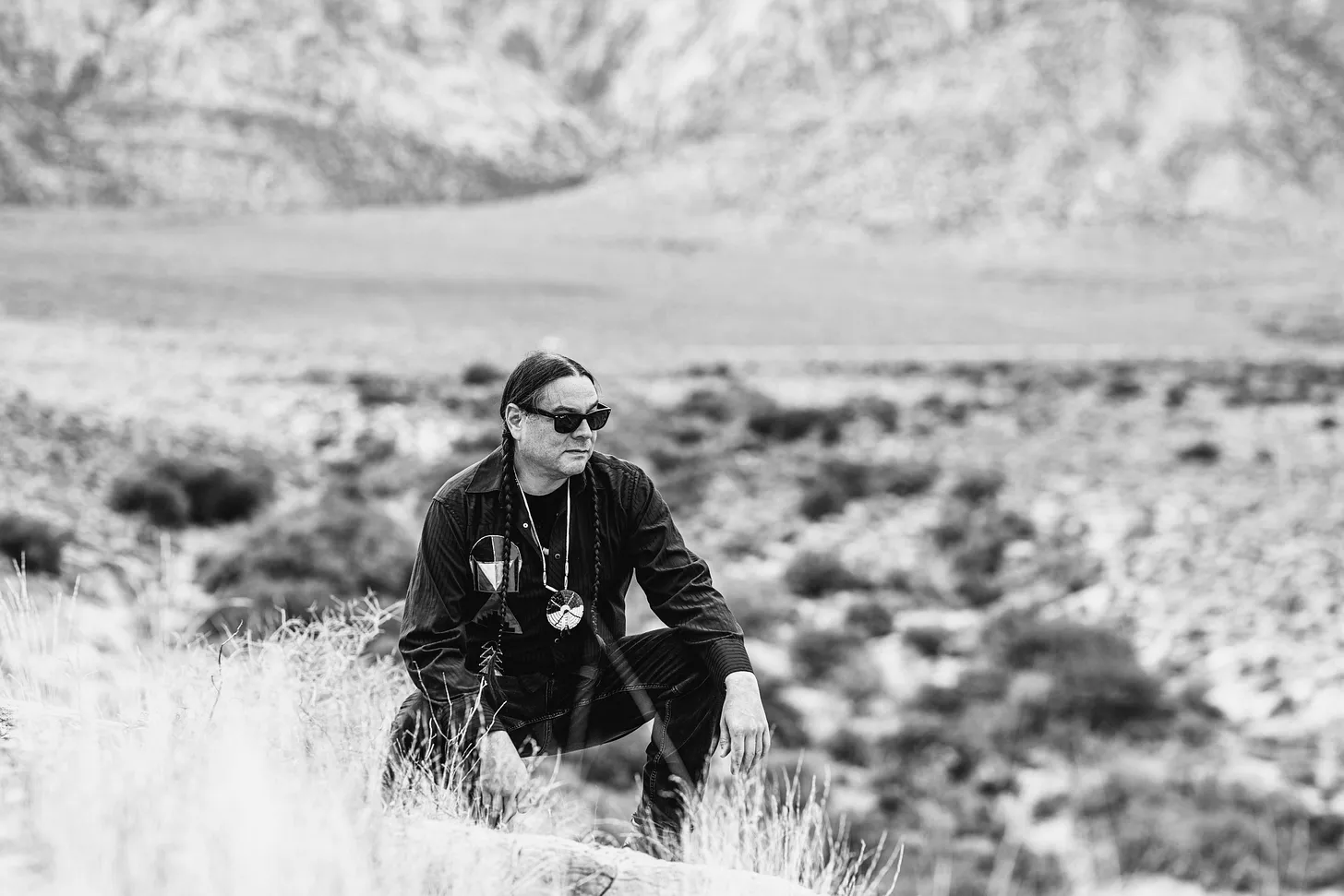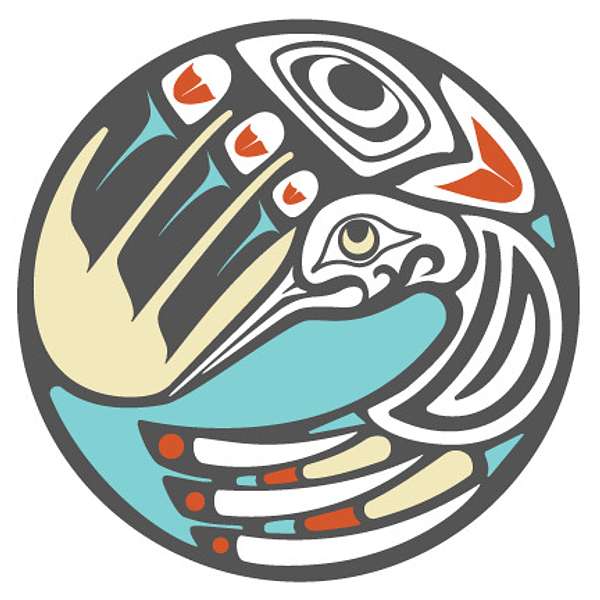Museums, universities and government agencies continued to make headway last year toward repatriating the remains of thousands of Native American ancestors to tribal nations after decades of slow progress drew national attention.
Nowhere was the shift more apparent than at the U.S. Department of the Interior, the agency charged with enforcing the 1990 Native American Graves Protection and Repatriation Act, which requires items and remains taken from Indigenous gravesites to be returned to tribes.
The department’s subagencies, including the National Park Service and Bureau of Land Management, collectively repatriated the remains of 1,366 Native American ancestors last year, more than a third of the number in its possession at the start of the year. The department’s efforts reflected an awareness, documented in an internal memo in late 2023, that it has a crucial leadership role to play under NAGPRA. Only the Illinois State Museum, an institution that ProPublica has reported on in-depth, came close to repatriating as many, with the transfer of more than 1,320 remains excavated from a single site.
The emphasis on repatriation increased in tandem with reporting by ProPublica in 2023 about failures to comply with the law.
“For too long ancestors and Tribal cultural items have been disconnected from their communities and resting on museum shelves,” Interior officials said in an October 2023 memo.
In response to questions from ProPublica, an Interior spokesperson did not say whether the department’s focus on repatriation will continue under Donald Trump’s second presidency but pointed to new regulations finalized in 2023 that aimed to speed up the process. The regulations, which took effect last year, require institutions to defer more to tribal accounts of their histories and ties to the regions from which remains were removed; the rules also set new deadlines for institutions to comply with the law.
In total, museums, universities and agencies across the country returned more than 10,300 Native American ancestors to tribes last year. The total makes 2024 the third-biggest year for the repatriation of ancestral remains under NAGPRA, according to an online ProPublica database that allows the public to look up the records of more than 600 museums and universities that must comply with the law. Today, ProPublica is updating the database to show repatriation progress through Jan. 6, 2025.
Outside of the Interior Department and the Illinois State Museum, state universities also recorded significant progress. For example, California State University, Sacramento repatriated the remains of 873 Native Americans previously held in its collection.
The progress made last year followed a record number of repatriations in 2023, when institutions returned 18,000 Native American ancestors.
“The progress shows the regulations are working,” said Shannon O’Loughlin, the chief executive for the Association on American Indian Affairs, a nonprofit that advocates for Native American rights.
Nearly 60% of ancestral remains reported as falling under NAGPRA over the years have now been repatriated, but that still leaves at least 90,000 that must be returned to tribes. The Interior Department has acknowledged that many of the human remains it must eventually repatriate have long been unaccounted for in federal inventories. Many of the department’s collections are scattered across the country in university and museum repositories over which the federal government has no oversight, officials said.
Agency staffers also said last year that they would need continued funding for their efforts — a factor that may prove challenging under an administration focused on cutting spending and staffing.
“We need to sustain this work until all of the ancestors that are in DOI control have been repatriated,” one Interior Department employee last year told the National NAGPRA Review Committee, a federal advisory board made up of museum, science and tribal representatives.
More Work to do at the Interior Department
Just over a year ago, the Interior Department had yet to repatriate more than 3,000 ancestors, many of which were excavated in 20th century archaeological digs and infrastructure projects on federal and tribal lands.
The department’s progress repatriating 1,366 Native American ancestors last year comes after top officials sent directives in late 2023 instructing Interior agencies to prioritize the work. Some agencies also set aside more money for repatriation work.
“If you look at previous budgets, we weren’t allocated any funding for NAGPRA,” Tamara Billie, the chief of cultural resource management for the Interior’s Bureau of Indian Affairs, told the National NAGPRA Review Committee last May.
She estimated it could cost several million dollars over the next three to five years for the bureau to repatriate the hundreds of ancestors it has yet to reunite with tribes.
Since Congress passed NAGPRA in 1990, federal staffers have tried to locate the collections excavated on federal and tribal lands, but they have often found that museums and universities transferred their holdings to other institutions without leaving much of a paper trail.
Last year, officials said only a handful of repositories, like the Arizona State Museum in Tucson, had gone through their collections to determine what belonged to the federal government — an early step in the often long repatriation process.
“Some have submitted very detailed, in some cases itemized inventory information,” said Bridget Ambler, with the Bureau of Land Management, during a National NAGPRA Review Committee hearing last year. “But to be honest, for the vast majority we’re not fully aware of what the nature of those collections are and if they include human remains or NAGPRA cultural items.”
Under the new NAGPRA regulations, museums and universities had a deadline of January of this year to hand in lists of items in their facilities that should be included in federal inventories. The requirement resulted in museums and universities submitting roughly 1,000 new notices to the Interior Department, the manager of the National NAGPRA Program said during a recorded training last month. It’s not clear how many ancestral remains are accounted for in those notices.
Progress in Illinois and Ohio
At the Illinois State Museum, which holds the second-largest collection of Native American remains, leadership was already focused on improving their repatriation record. Then, a new state law, along with the Interior Department’s updated regulations, went into effect. The state law, which followed ProPublica’s reporting, gave tribes more control over reburials. It also established a fund for repatriation work, such as paying for tribal members to travel to the museum to consult on collections, and for the reburials of remains.
Many of the remains held by the state museum came from a burial mound dug up in the 1920s by Don Dickson, a chiropractor. He turned the burial site into a roadside attraction. Over the years, Native Americans, whose tribes had been forcibly removed to other states, protested the exhibit that later became the Dickson Mounds Museum, a branch of the Illinois State Museum.
The state eventually closed the burial mounds exhibit, but the museum kept the human remains, maintaining that they could not be traced to living people and therefore would not be repatriated. That was until this past year.
On Feb. 24, 2024, the Illinois State Museum published a notice in the Federal Register saying that 1,325 ancestors and thousands of items buried with them were available to tribes for repatriation. As of the start of this year, the Illinois State Museum held the remains of an estimated 5,800 Native American ancestors.
Only the Ohio History Connection now holds more unrepatriated human remains, over 7,900 in total, according to federal data. In the roughly three decades prior to 2024, the Columbus institution had returned fewer than 20 ancestors to tribes. But it showed signs of progress last year in making more than 150 ancestral remains, or roughly 2% of its skeletal collection reported under NAGPRA, available to be repatriated. In an email, a spokesperson for the museum said it expects to complete more repatriations in consultation with tribal partners, who have asked the museum “not to rush this critical work.”
As in Illinois, the Ohio institution’s collections largely originate from centuries-old burial mounds in a state where tribal nations were forcibly removed.
“It Is Time for the State to Take Repatriation Seriously”
More state support for repatriation also could be on the horizon in Arizona. Last month, Gov. Katie Hobbs announced she would ask lawmakers for $7 million to support repatriation efforts at the Arizona State Museum.
The museum on the University of Arizona campus in Tucson is a repository for the state and federal government. Over the years, records show, it has conducted repatriations but has yet to return more than half of its collection reported under NAGPRA — the remains of 2,600 ancestors total — to tribes mostly in the Southwest.
“The hard-working staff at the museum have done their best to repatriate human remains and artifacts to tribes without any significant financial investment from the state,” Hobbs, a Democrat, said in prepared remarks to tribal leaders last month. “It is time for that to change. It is time for the state to take repatriation seriously.”
One of the museums’ challenges in trying to reach full compliance with the law stems from the fact that it continues to receive human remains because of its status as a state repository. Arizona medical examiners have sent the museum human remains that they come across in their investigations, including the ancestors of Native Americans. In some instances, looters have surrendered items and bones unearthed from graves, according to Jim Watson, associate director at the Arizona State Museum. (Looting violates federal laws.)
“We will receive an individual or remains in the mail or objects from private citizens, particularly when individuals pass away and their relatives are going through their stuff,” he told the NAGPRA Review Committee last spring. “They find a box in the garage or the attic, for example, and it says, ‘from Arizona,’ ‘artifacts from Arizona,’ ‘artifacts from Phoenix’ or ‘ancestral remains.’ So, they will ship them to the University of Arizona, often without contacting us first.”
He estimates the museum receives such packages two to three times per year.



.jpg)


























